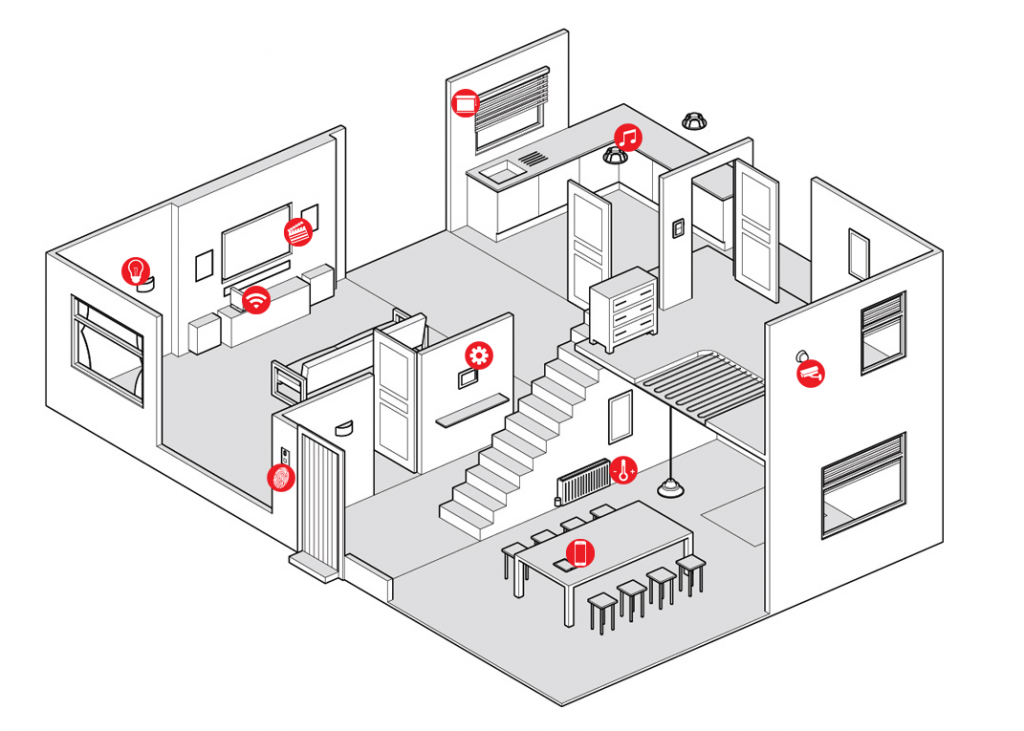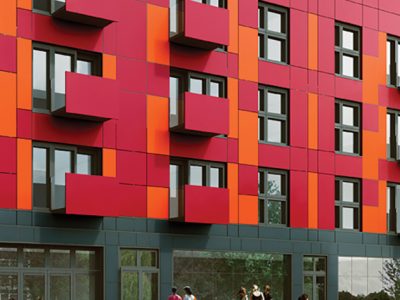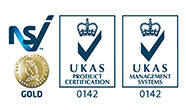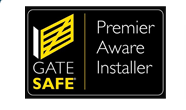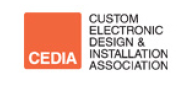internet protocol transforming building control
Internet Protocal (IP) is creating a host of opportunities within the property and asset management marketplace by transforming the way building and home automation systems are operated and work together. This was the view of Ingeny’s Nick Moore, speaking at the Flat Living Live! exhibition, who explained that IP technology provided massive performance improvements over traditional hardware, while offering an effective means of integrating complementary systems and the benefits of remote monitoring.
“There is massive growth in smart devices, with Internet-enabled devices estimated to rise to over 13 billion by 2020,” explains Moore. “This means property managers and developers will need to create the necessary digital networking infrastructure moving forward to meet the needs of residents and also take advantage of improved building management and control.”
In recent years there have been significant advances in integrated building technologies including CCTV, door entry, access control, LED lighting, gates and barriers, and HVAC. For example, IP CCTV offers considerable improvements over analogue options, providing added performance, flexibility and efficiency. The latest devices deliver enhanced security with colour HD images which can track from one camera to another, be accessed remotely and operate in conjunction with other building systems.
Taking an integrated approach means it is possible to manage systems on a single platform with effective monitoring and dynamic feedback. This supports streamlined building management, while providing operational data that can help determine future strategies. Meanwhile, remote diagnostics and support enables property managers to proactively view and maintain building technology, as well as configure and update systems centrally through a web browser.
There is also an increasing pull from residents for added connectivity driven by the rapid expansion and awareness of intelligent home automation technologies. “Multi-dwelling units (MDUs) can now be installed with an IP solution that covers central control systems and then pre-wired for individual specifications including multi-room audio, home cinema, curtains and blinds control, and wireless network solutions. Alternatively, there are now IP-based options that bring together door entry, access control and home automation into a single, integrated offering,” suggested Moore.
However, there were a few words of warning to anyone looking into adopting an IP-based solution. There are a number of considerations which should not be overlooked, most critically the cabling infrastructure within a building. While much technology can use existing cabling it is important to ensure it is appropriate for initial and future requirements. Meanwhile, it is important to factor in the added IT security risks and engage with necessary technology specialists to ensure that the necessary firewalls and encryption is in place to protect a building or buildings from the threat of hackers.
One potential option to overcome the challenge around cabling is the use of a wireless retrofit solution, which can be fitted without causing damage to a property’s interior. This type of emerging home automation system can be installed quickly and efficiently, removing the need to run new cables and keeping costly installation requirements to a minimum. They now include a wide range of sensors, control modules and wall plugs to monitor and manage all aspects of the home environment.
Ingeny, a division of security systems and building technology integrator Interphone, provides advanced home automation and entertainment systems. It makes everyday life easier by combining familiar technology systems that work seamlessly together for added simplicity, convenience and enjoyment. Working closely with property developers, architects, interior designers and home owners, Ingeny creates joined up solutions from design and consultation through to installation and ongoing support, making sure that home and building controls are part of a fully integrated system embedded in the building infrastructure.
